Press releases
WhaleAlert: the app to help to protect whales
Read moreFascinating animal adaptations: six unique ways wild species have evolved to survive
From animals that fill with ice as they hibernate through the winter to animals that don’t drink water in the hot summer desert, many members of the animal kingdom have adapted to their surroundings in incredible ways. Some of these unique adaptations include defence mechanisms against predators—such as the lizards who shoot blood out of their eyes—while others are methods of zeroing in on their prey, such as the mammal that has a sixth sense—electricity.
How do such amazing and unique adaptations come to be? Over millions of years, these species have evolved to exist in their surrounding environmental conditions. It’s a matter of survival of the fittest—the most well-adapted members of the species live the longest, and thus have the best chances of breeding and passing on their genetics. This makes it more likely that the next generation will inherit these traits. Eventually, if it’s incredibly useful or becomes necessary for the animals’ survival, the trait will win out in the gene pool and become a defining characteristic of the species—something that all individuals can do.
IFAW is a global conservation organisation dedicated to animal rescue and the protection of wildlife and their habitats around the world. Learn more about our work and how you can get involved.
Here are six of the most fascinating animal adaptations found in the animal kingdom and why they’re important for these species’ survival.
The wood frog is a species that lives in the US and Canada, as far north as Alaska and the Yukon. In the northernmost reaches of their range, these amphibians regularly experience temperatures as low as –45 degrees Celsius (–50 degrees Fahrenheit). Because frogs are cold-blooded, their body temperature changes with the surrounding air. So, how do they stay warm in these freezing conditions?
While most frogs in northern climates survive winters by hibernating deep underwater in lakes and streams, wood frogs have adapted to hibernate among the leaf litter on the forest floor. The leaves, along with snow, provide some insulation—but not enough. So instead of keeping warm, wood frogs freeze themselves.
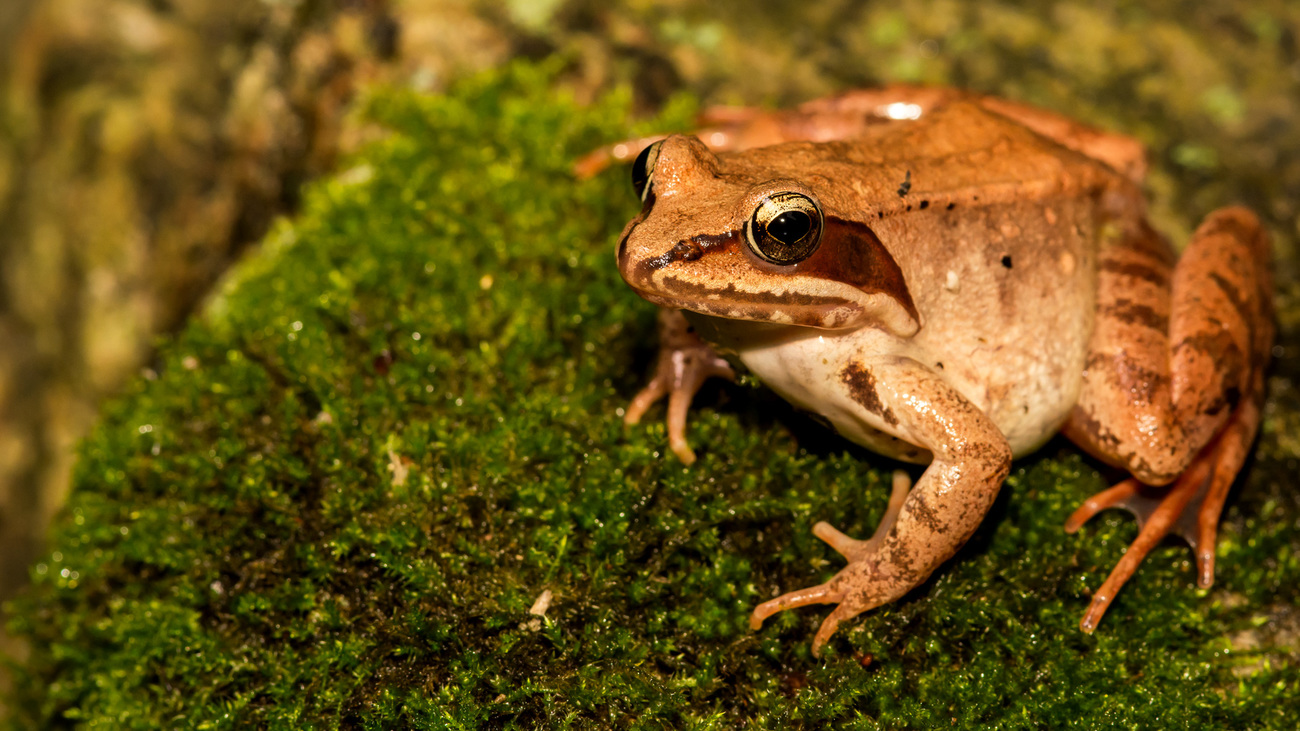
What exactly does this mean? For most animals, freezing themselves would puncture blood vessels and cut off the circulation of oxygen. But wood frogs have adapted to remain frozen for up to eight months of the year. In the first few weeks, ice fills their abdominal cavity and forms between their layers of skin and muscle. While this happens, the frog’s liver produces large amounts of glucose, which prevents their cells from freezing and binds water molecules to prevent dehydration. So, while ice forms on the outsides of their organs and cells, the insides of their cells are protected.
When they’re hibernating, wood frogs have no heartbeat and do not breathe. In spring, once they thaw, their hearts start beating again. This adaptation allows them to become active much earlier in the spring than other frogs and to breed in pools of freshly melted water—which would have already dried up if they came out of hibernation later.
Living in the arid deserts of western North America, kangaroo rats don’t have much water available to them. These tiny mammals have evolved to eat primarily mesquite beans and grass seeds, which usually provide them with all the water they need, though each gram of seeds contains only half a gram of H2O.
As a result, kangaroo rats’ kidneys produce a type of urine that contains very little liquid compared to other mammals. This helps them conserve water for when they need it most, in the hotter and drier summer months. During the summer, kangaroo rats also may eat insects and vegetation as an extra water source.
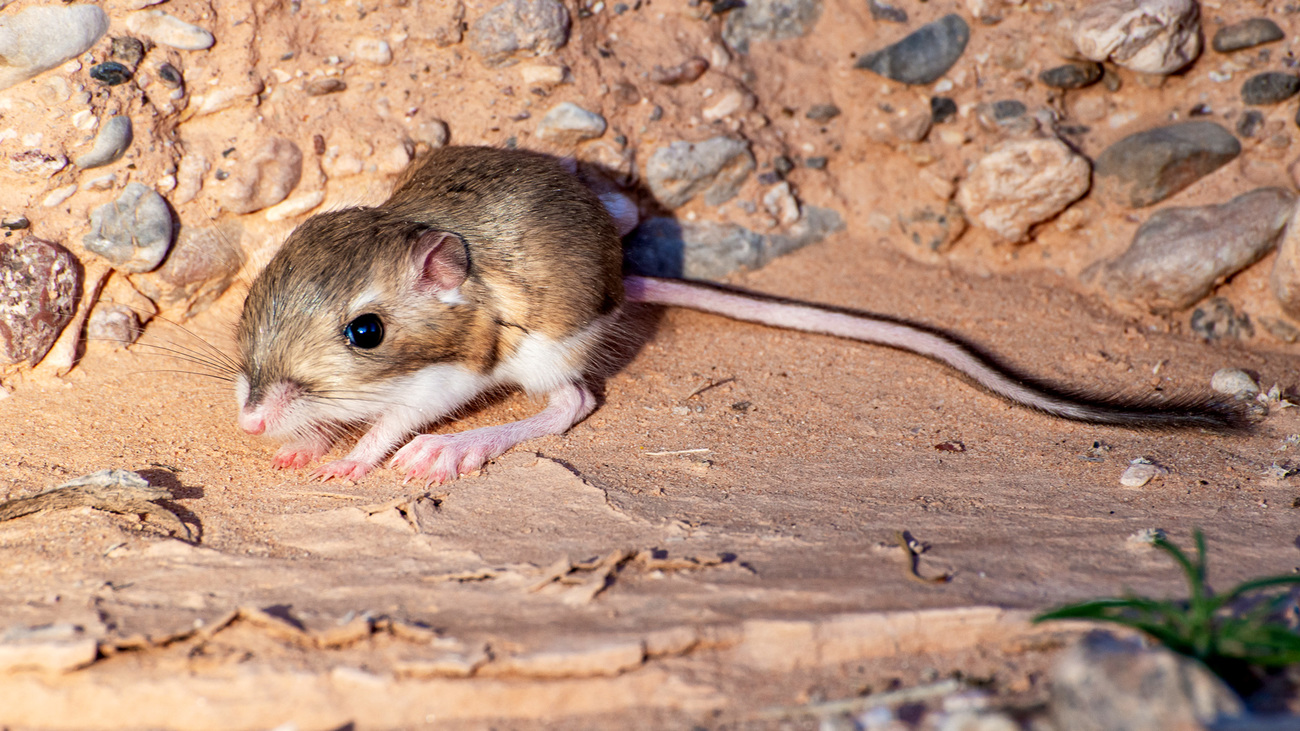
To stay cool and to store their food sources, kangaroo rats dig burrows in the ground. The seeds stored underground absorb moisture from the soil.
In addition to this fascinating adaptation, kangaroo rats have evolved the ability to leap up to 2.7 metres (nine feet) in the air, which helps them avoid predators like owls and snakes.
As slow-swimming fish, it’s difficult for pufferfish to escape their predators, which include some shark species. To make up for this, pufferfish can inflate their stomachs with water—not air—when they feel threatened, growing their whole body to double its original size.
Not all pufferfish have spines—some just have scales—but those that do will appear even more intimidating. In addition to puffing themselves up, most pufferfish species produce a neurotoxin called tetrodotoxin. This chemical can cause paralysis and seizures, and it can even be fatal to humans.
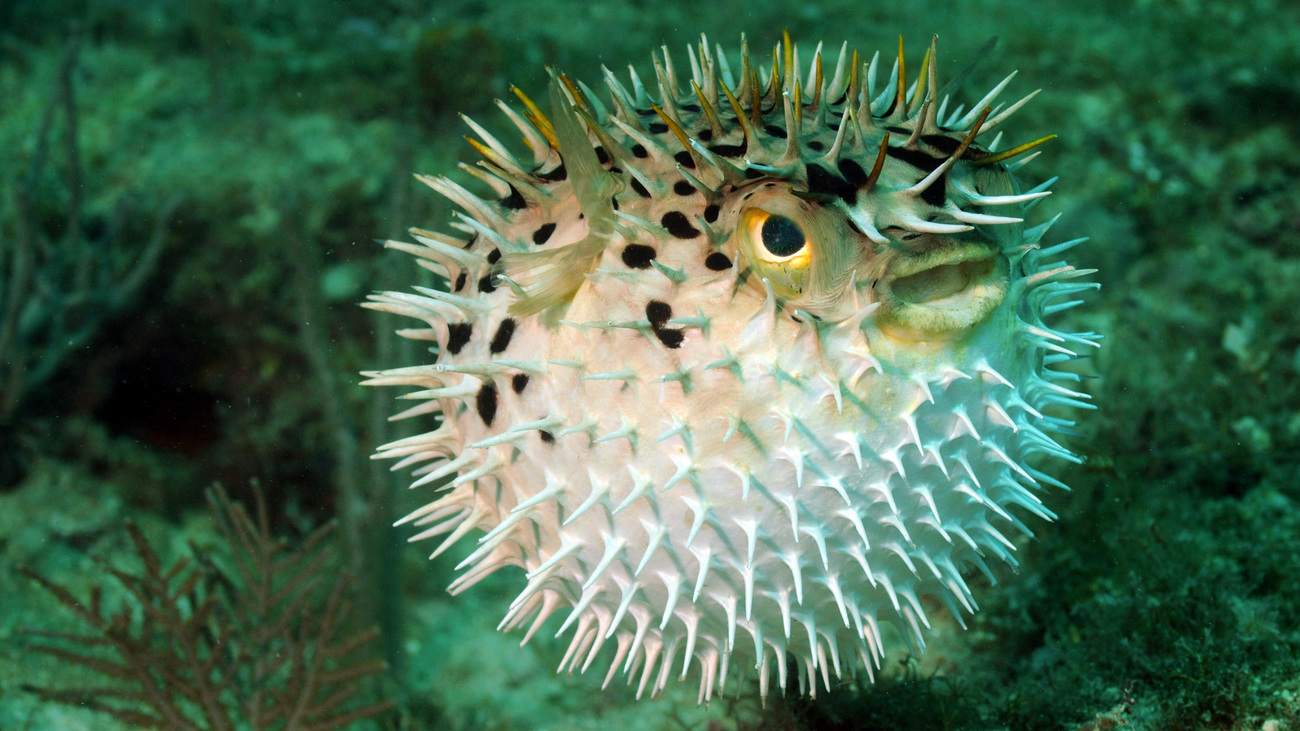
Interestingly, pufferfish don’t inflate themselves only when they feel threatened. Sometimes, they do it just to stretch their muscles.
The horned lizard, found in Central America and the western US, has incredible ways of defending itself against predators, which include coyotes, hawks, and snakes. Sometimes called horned toads due to their toad-like appearance, these lizards use a few different strategies to protect themselves.
Their scales provide camouflage that closely resembles the soil and rocks of their habitats, helping them hide. If this fails and they find themselves in the mouth of a predator, they can puff their bodies up with air, poking their spikes into the other animal’s skin. They also move their heads back and forth, fighting back with their horns.
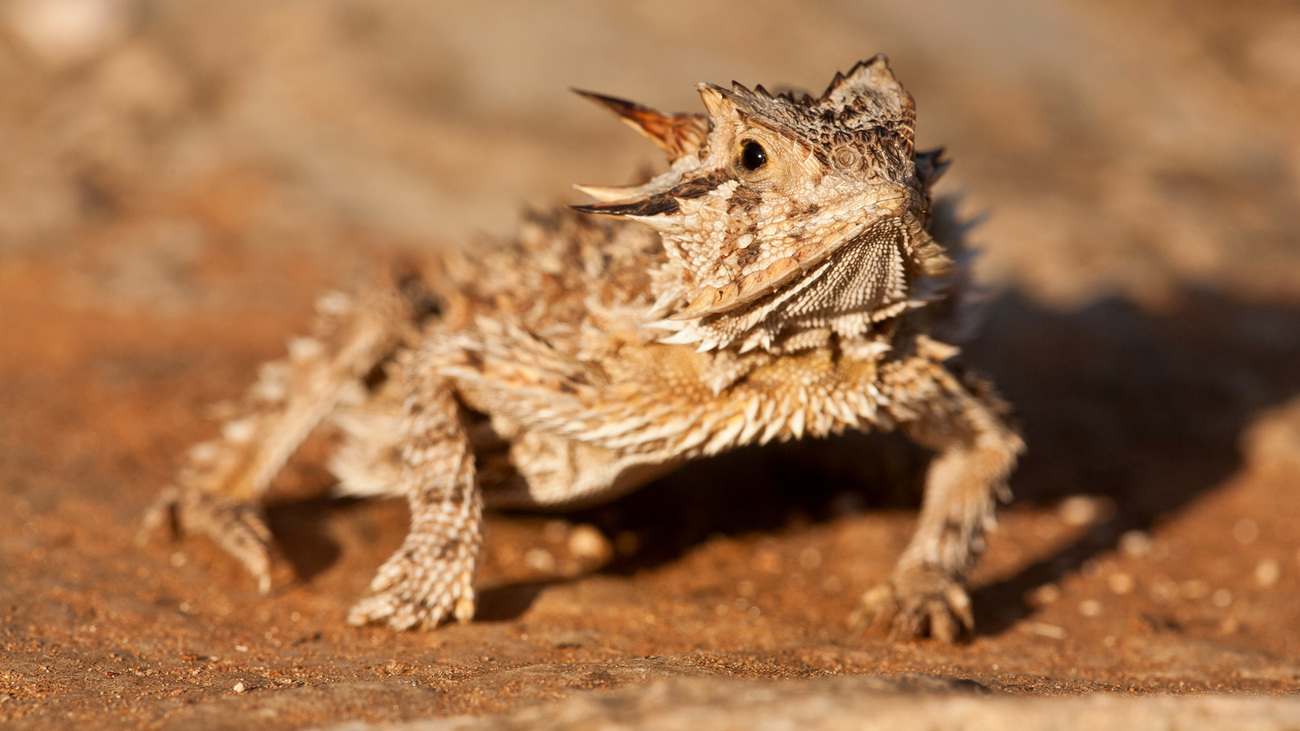
In other situations, horned lizards use their fascinating blood-squirting ability. A sinus under their eyes fills with blood and pressurises enough to shoot it out. This stream can reach over one metre (three feet) away. Researchers suggest that their blood has a bad taste because horned lizards consume a lot of ants, which contain formic acid. The taste distracts predators enough to give horned lizards a chance to flee.
Though the phrase ‘playing possum’ refers to the name of the Australian marsupial, the North American opossum is the animal best known for playing dead to outsmart predators. Dogs, coyotes, foxes, bobcats, hawks, and owls all threaten opossums, and sometimes when they are frightened, they will bare their 50 sharp teeth, hiss, and growl. But when they need to, they’ll avoid confrontation altogether by lying down and pretending to be already dead.
The state of ‘playing dead’ that opossums enter is called tonic immobility. It is a physiological response to extreme psychological stress. Opossums don’t choose to play dead; it happens automatically. When they experience a high level of stress, their heart rate slows, their breathing becomes shallow, and they no longer look alive. Once they enter a state of tonic immobility, it can take a few minutes to a few hours for an opossum to get up and start moving again.
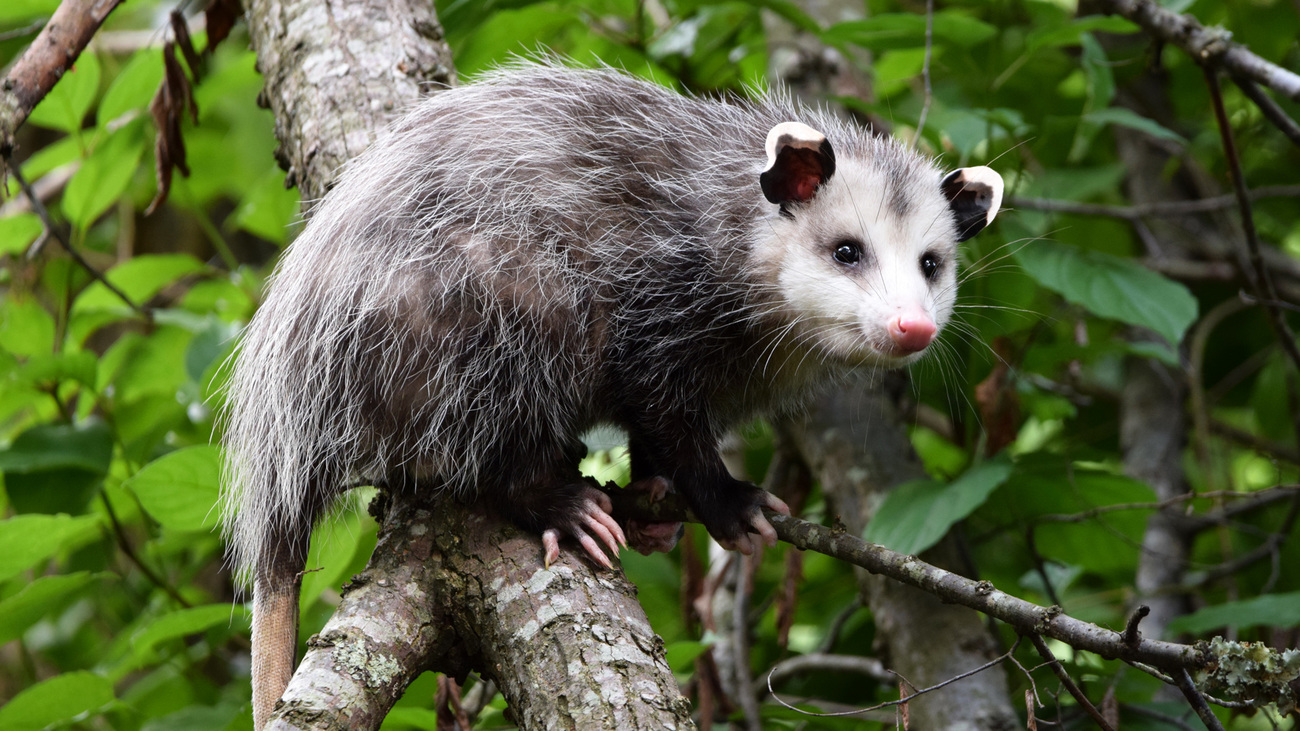
This stress response may seem to leave opossums vulnerable, but it actually protects them because most carnivores prefer to eat fresh prey rather than carrion. Some researchers hypothesise that Palaeolithic humans may have had a similar stress response.
Platypuses are already unique and fascinating animals—they have the body of a beaver and the bill of a duck, and they lay eggs like a reptile. But did you know that platypuses can also sense electric fields?
Sensing electric fields helps platypuses track down their food sources, which include insect larvae, shrimp, and crayfish. They swing their heads from side to side to pick up the electrical pulses their prey makes when contracting its muscles.
When they hunt, they close their noses, ears, and eyes while sensing electricity through their bills, which contain about 40,000 mucous glands arranged in rows along the length. These glands serve as electroreceptors, each with about 30 nerve endings at its base.
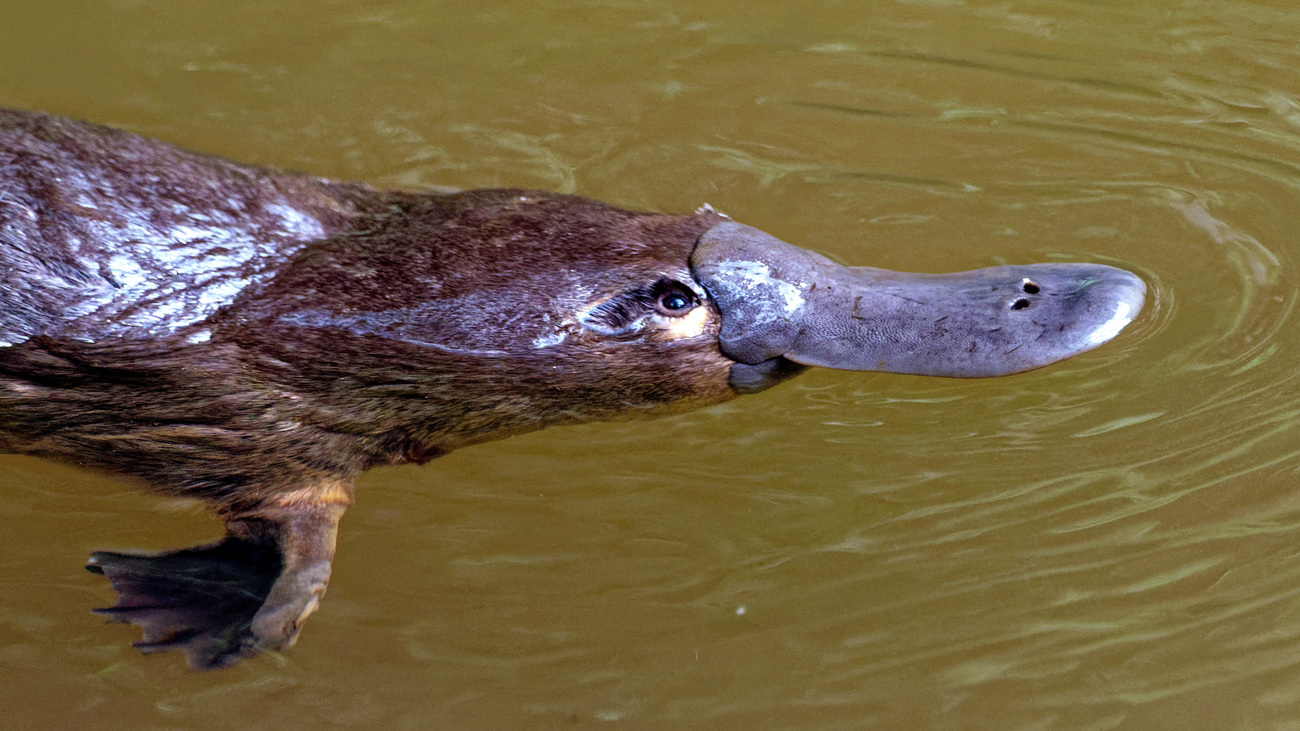
Their bills also contain about 60,000 mechanoreceptors, which respond to stimuli like touch. Using both the electroreceptors and the mechanoreceptors, a platypus can hunt and eat up to half its body weight in one night.
Some fish and amphibians also have this sixth sense, which is why scientists first hypothesised that this may be how platypuses hunt underwater. This is yet another adaptation that makes platypuses an anomaly of the animal kingdom.
IFAW is dedicated to advocacy, conservation, and the rescue of threatened and endangered species around the world. Want to help protect other amazing animals like these?
Every problem has a solution, every solution needs support.
The problems we face are urgent, complicated, and resistant to change. Real solutions demand creativity, hard work, and involvement from people like you.
Unfortunately, the browser you use is outdated and does not allow you to display the site correctly. Please install any of the modern browsers, for example:
Google Chrome Firefox Safari